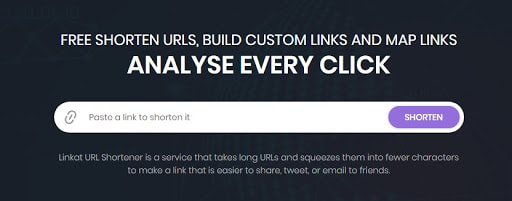Why Kids Love Link Gacor Slot Thailand
페이지 정보
작성자 Glinda 댓글 0건 조회 5회 작성일 24-10-29 03:56본문
 In an increasingly digital world, the efficiency and security of online systems are paramount. One of the latest advancements in user authentication is the implementation of a new login slot feature, which revolutionizes how users interact with secure platforms. This paradigm shift not only streamlines the login process but also enhances security, ultimately redefining user experience.
In an increasingly digital world, the efficiency and security of online systems are paramount. One of the latest advancements in user authentication is the implementation of a new login slot feature, which revolutionizes how users interact with secure platforms. This paradigm shift not only streamlines the login process but also enhances security, ultimately redefining user experience.Traditionally, users rely on single-factor authentication (SFA), which often consists of a combination of usernames and passwords. Although these methods are widespread, they frequently expose users to security vulnerabilities, such as password breaches and phishing attacks. The new login slot innovation leverages multifactor authentication (MFA) by introducing dynamic time-based access alongside the classic username and password format, catering both to convenience and security.
The core idea behind login slots is simple: users are assigned specific time frames during which they can log in to their accounts. By implementing a scheduling system, users agree on predetermined login slots based on their availability or activity patterns. For instance, a user may opt for a login slot between 3 PM to 5 PM daily. During this time, they can seamlessly enter their login credentials without being hindered by extra security measures that could potentially limit their accessibility.
One of the significant advantages of this feature is the reduction of unauthorized access. With login slots, unauthorized attempts to access an account outside the designated time frame are automatically blocked, immediately flagging potential security threats. This is an effective deterrent, as it narrows the window of opportunity for attackers. Moreover, users are further empowered by an additional layer of security, such as one-time passcodes (OTPs) sent to their registered devices, which are only active during their chosen slots. This combination of scheduling and OTP verification fosters a more secure environment and minimizes risks associated with static passwords.
Furthermore, the new login slot feature is user-centric, addressing a common frustration among users: forgotten passwords and the cumbersome process of password recovery. By ensuring that users log in within their assigned slots, the reliance on passwords diminishes. Many platforms are now shifting toward biometrics, link gacor maxwin hari ini social logins, and behavioral analytics as alternative authentication methods for login slots. The integration facilitates a user-friendly experience without compromising security, enabling users to authenticate their identity through fingerprint recognition or facial scans during their designated time.
Additionally, the adoption of login slots transcends various sectors, including banking, healthcare, and e-commerce, reflecting a wider acceptance of evolved security measures in diverse user environments. It has also paved the way for organizations to collect data on user behavior, allowing them to refine personalized experiences based on login trends. For instance, retailers can analyze peak login times to tailor targeted promotions, enhancing customer engagement and retention.
In conclusion, the advent of the login slot represents a significant leap forward in both user experience and security. By combining scheduled logins with advanced authentication methods, users benefit from enhanced protection and convenience, making online interactions more efficient than ever before. As organizations continue to navigate the complexities of digital security, login slots offer an innovative solution to meet the demands of the modern user.
댓글목록
등록된 댓글이 없습니다.